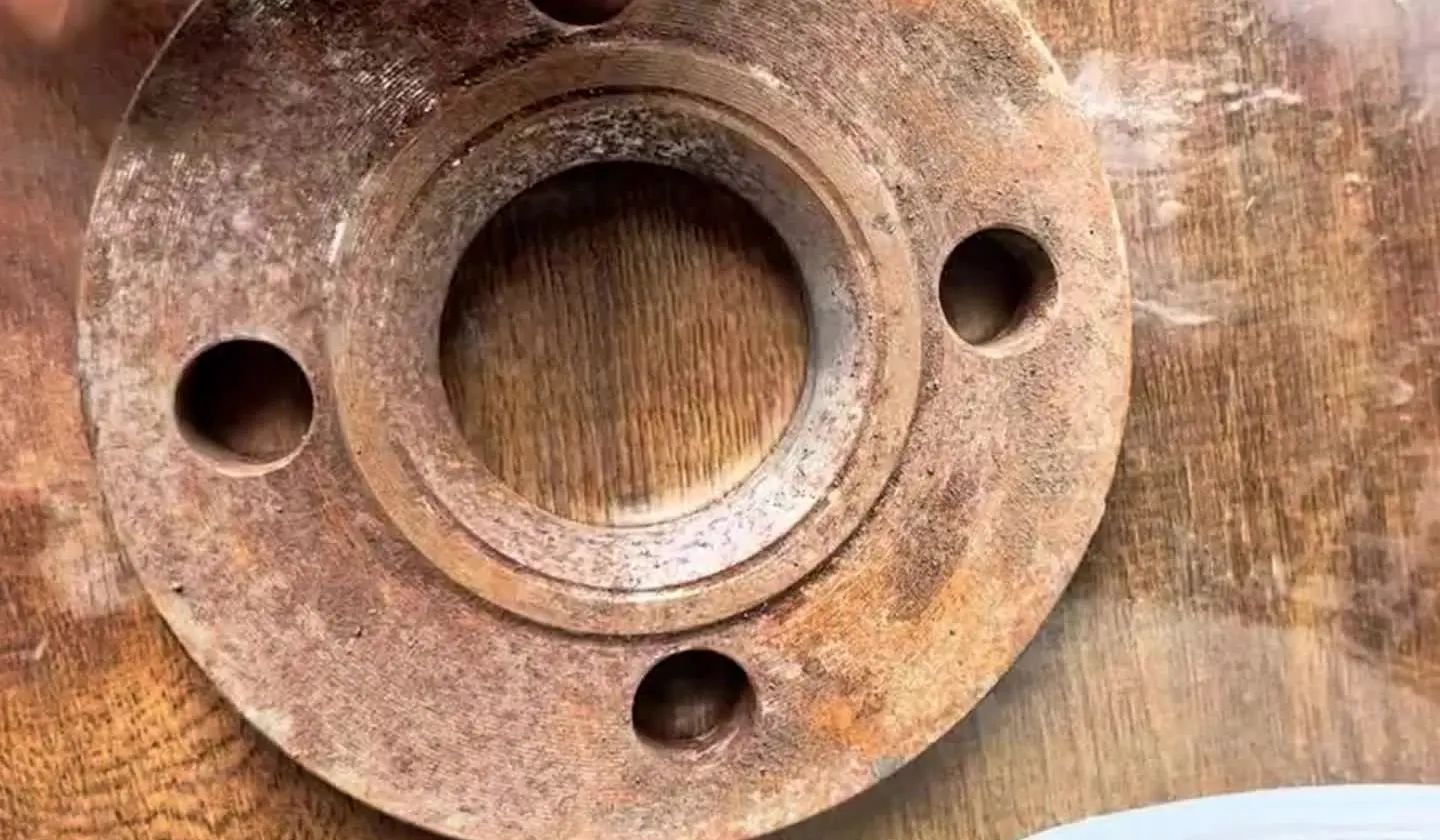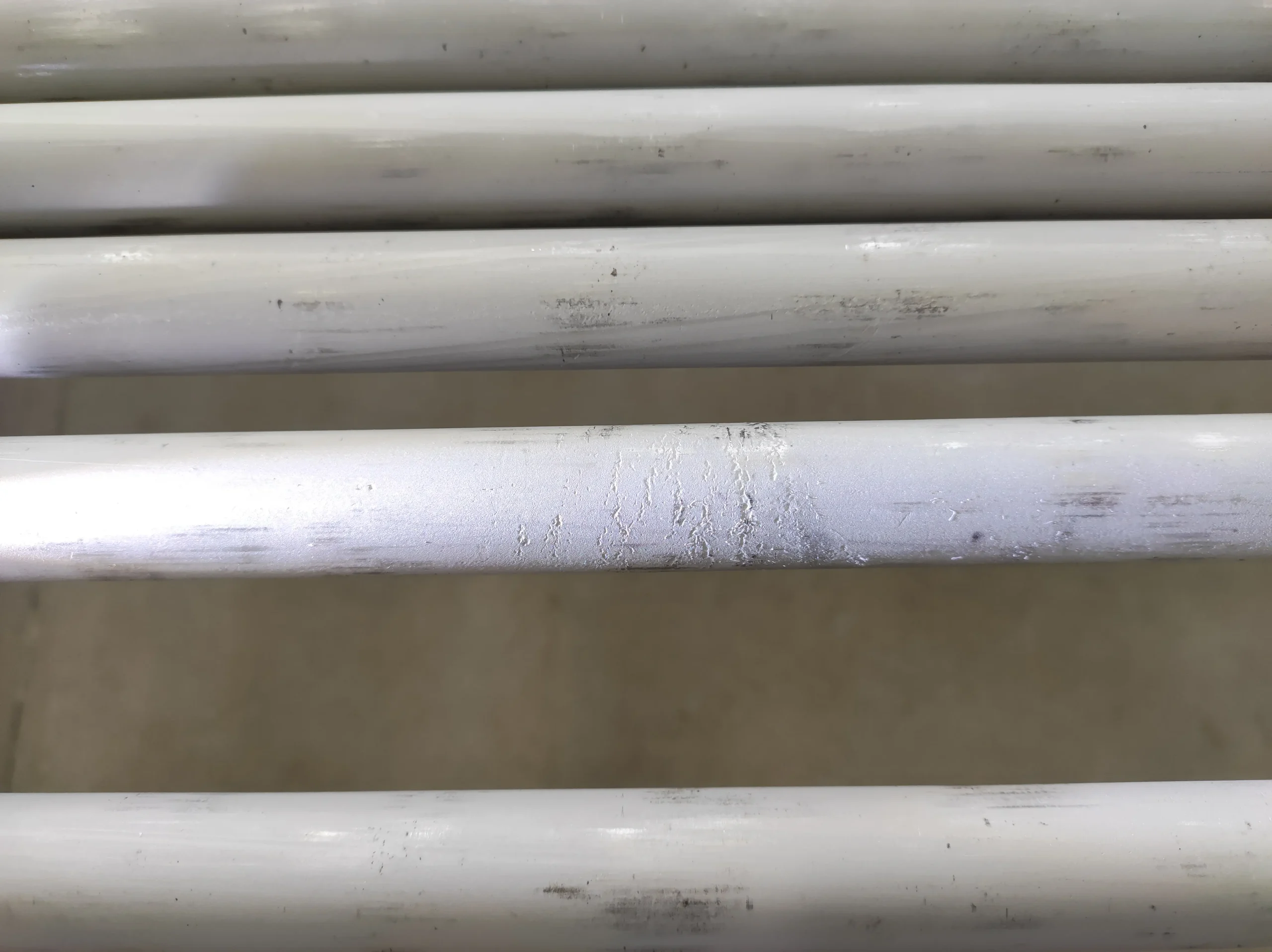The effects of alloying elements on mechanical properties of duplex stainless steel is closely related to the heat treatment method.

In the annealed state of duplex stainless steel, the alloying elements mainly act by solid solution strengthening of ferrite and changing the distribution and relative content of carbides. The basic composition phases are ferrite and carbides. The strength of the iron cable body plays a decisive role in the strength of steel.
Experiments have proved that all alloying elements can strengthen ferrite, but their degree of strengthening is different. Silicon, manganese, and nickel have a greater strengthening effect. Silicon and manganese have a strong effect and are rich in resources. They are the most commonly used elements to strengthen ferrite.
The common low-alloy duplex stainless steels in China use silicon and manganese as the main alloying elements. Tungsten, molybdenum, and vanadium come in second, and chromium and cobalt have the least strengthening effect. When considering the strengthening effect, the impact on toughness must also be considered. No matter how much tungsten and aluminum are added, they will strongly reduce the toughness of ferrite. Therefore, in structural steels that require higher toughness, especially when the steel contains low carbon content, tungsten and molybdenum should not be added in large amounts. When the content of silicon in ferrite is below 0.8%, it has almost no effect on the toughness, and if it exceeds this value, the toughness will be strongly reduced.
We must pay great attention to the effects of manganese, chromium and nickel on the toughness. When these elements are within a certain range (Mn≤1.8%; Cr≤2.0%; Ni≤3.5%), the toughness of the ferrite body will be somewhat different. Increase; and when it exceeds this range, the toughness will decrease to varying degrees. This is the main reason why certain amounts of these elements are often added to structural steels that require toughness.
In addition, the alloying elements reduce the eutectoid carbon content and stabilize the supercooled austenite, so that the amount of free ferrite is reduced and the amount of pearlite increases, which naturally produces a certain strengthening effect. It is more obvious in the normalizing state. But in any case, even if it is a multi-element alloy steel with complex composition, it is difficult to obtain more satisfactory mechanical properties in the annealed state. This is because the role of alloying elements is not easy to fully exert in this state, so duplex stainless steels are almost always Use in annealed state
If you wanna know more about alloying elements on mechanical properties, feel free to contact Kaysuns, the stainless steel pipe fittings supplier.



